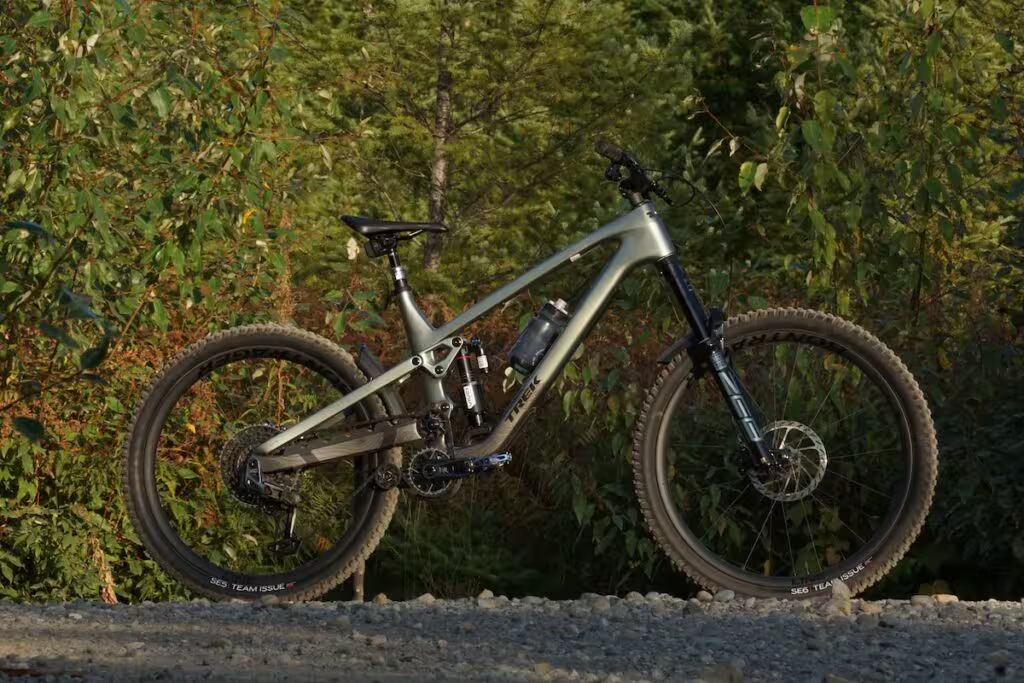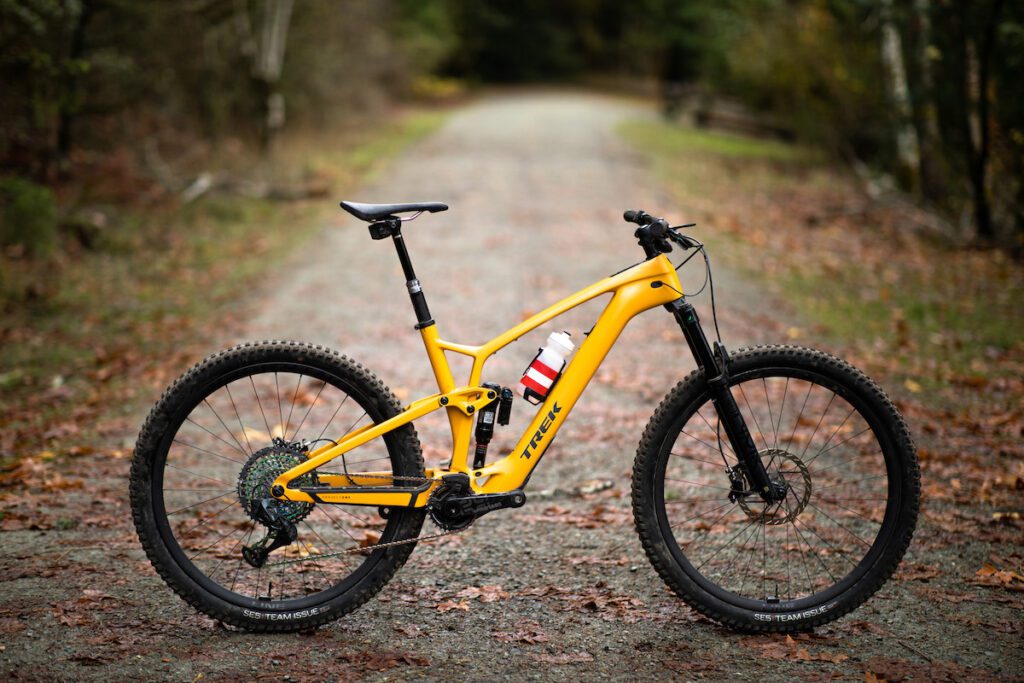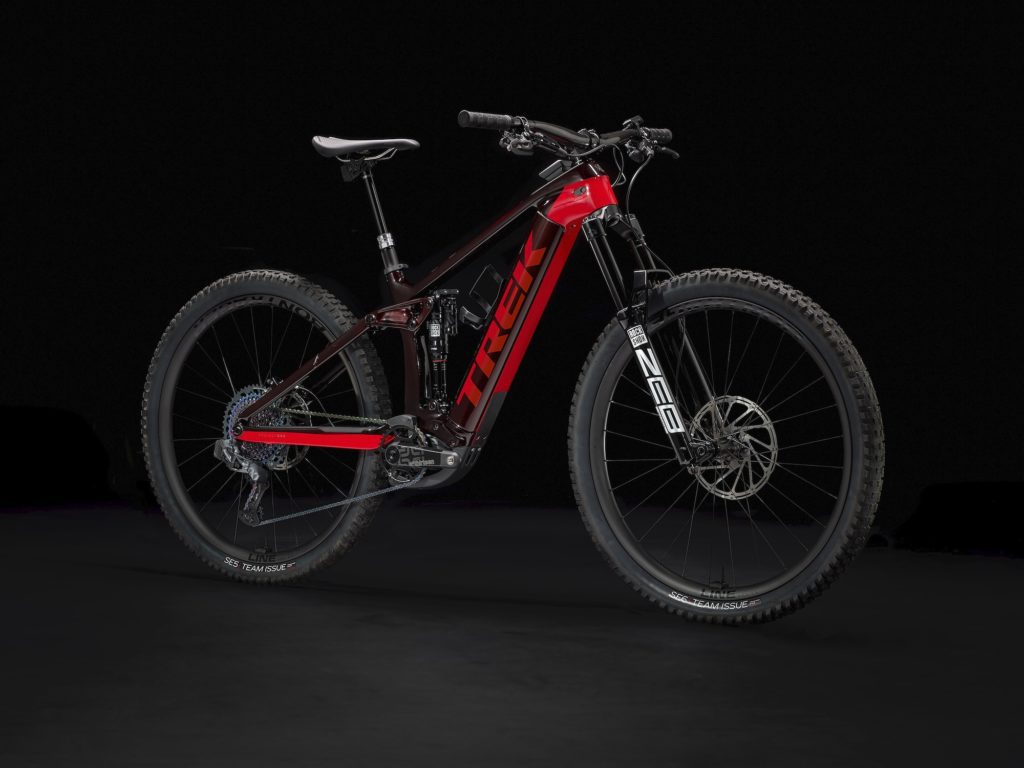One year after Trek launched the new Slash, a pretty serious departure from what the bike had up until that point been, the Madison, Wisc. brand is at it again. This time, the Slash+ is taking the brand in a new direction. Or new-ish.
Here’s a look at Trek Slash+, what came before, what’s new and how it stacks up against the Slash.
eMTB: Where is Trek starting from?
Up until now, the Rail was Trek’s main long-travel, full-power eMTB. It’s a full 29″ bike with 150mm rear travel, 160mm front. With a 85Nm Bosch motor and 500-750Wh battery, it is in-line with other full-power beasts. Power and range are the main priority.
At the other end of the spectrum, Trek made waves with its Fuel EX-e. The lightweight eMTB debuted the TQ HPR-50 motor, with 50Nm of torque and a 360Wh battery, it brought a light assist and nearly silent motor to a trail bike package.
Two very different eMTB’s with two very different purposes. One sacrifices range and power. The other sacrifices weight and ride feel.
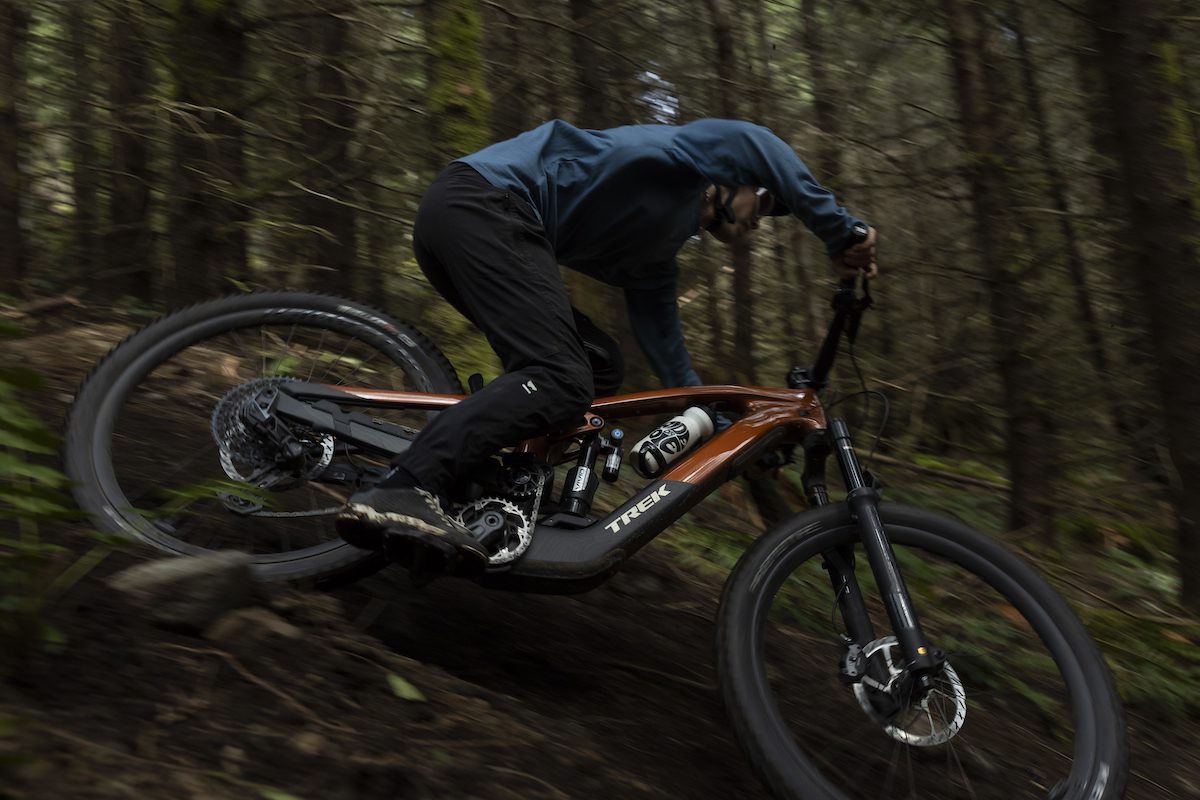
Trek Slash+: Wisconsin dreams of electric shredding
How do you balance the two realms of eMTB? How do you get a lighter eeb that feels like a real bike without giving up all the advantages of going electric? Enter the Slash+.
The Slash+, like the EX-e, looks a lot like its namesake. Both bikes are, at a glance, honestly hard to tell apart. That comes down to, again, the TQ HPR50 motor which hides in the bottom bracket area, almost entirely obscured by the chainring if you’re looking at it from the drive side. Like the EX-e, it has 50Nm torque, which Trek says is tuned specifically for the Slash+’s high pivot design, with 300W peak power (250W max continuous power).
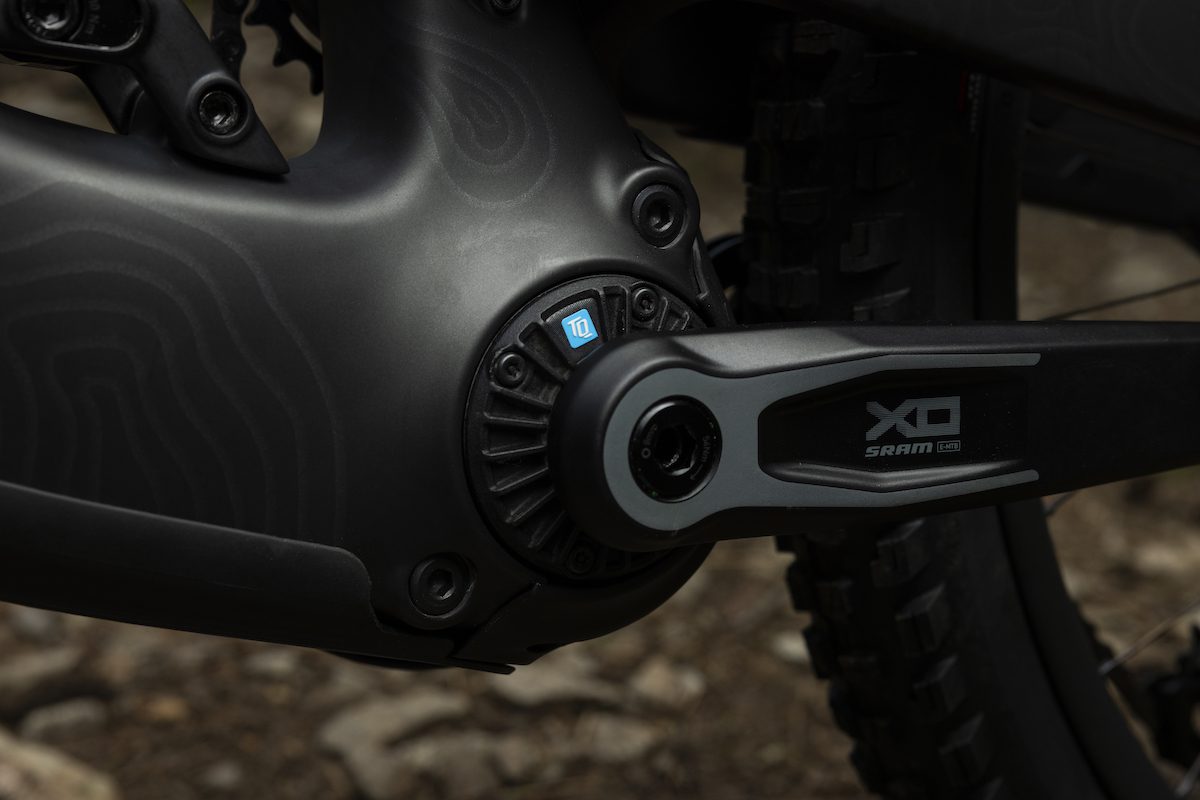
Where the Slash+ diverges is in range. Trek adds a 580Wh battery to power the TQ for longer rides. Or, more likely, for bigger climbs. This makes sense. With 170mm suspension travel front and rear, like the Slash, this is a bike designed to eat up big descents. That means you need enough battery to get to the top of big descents. And sustained climbing eats through an eMTB’s battery way faster than, say, the rolling terrain that the EX-e might expect to encounter. If you’d rather save weight than ride farther, Trek offers the…
Click Here to Read the Full Original Article at Canadian Cycling Magazine…

